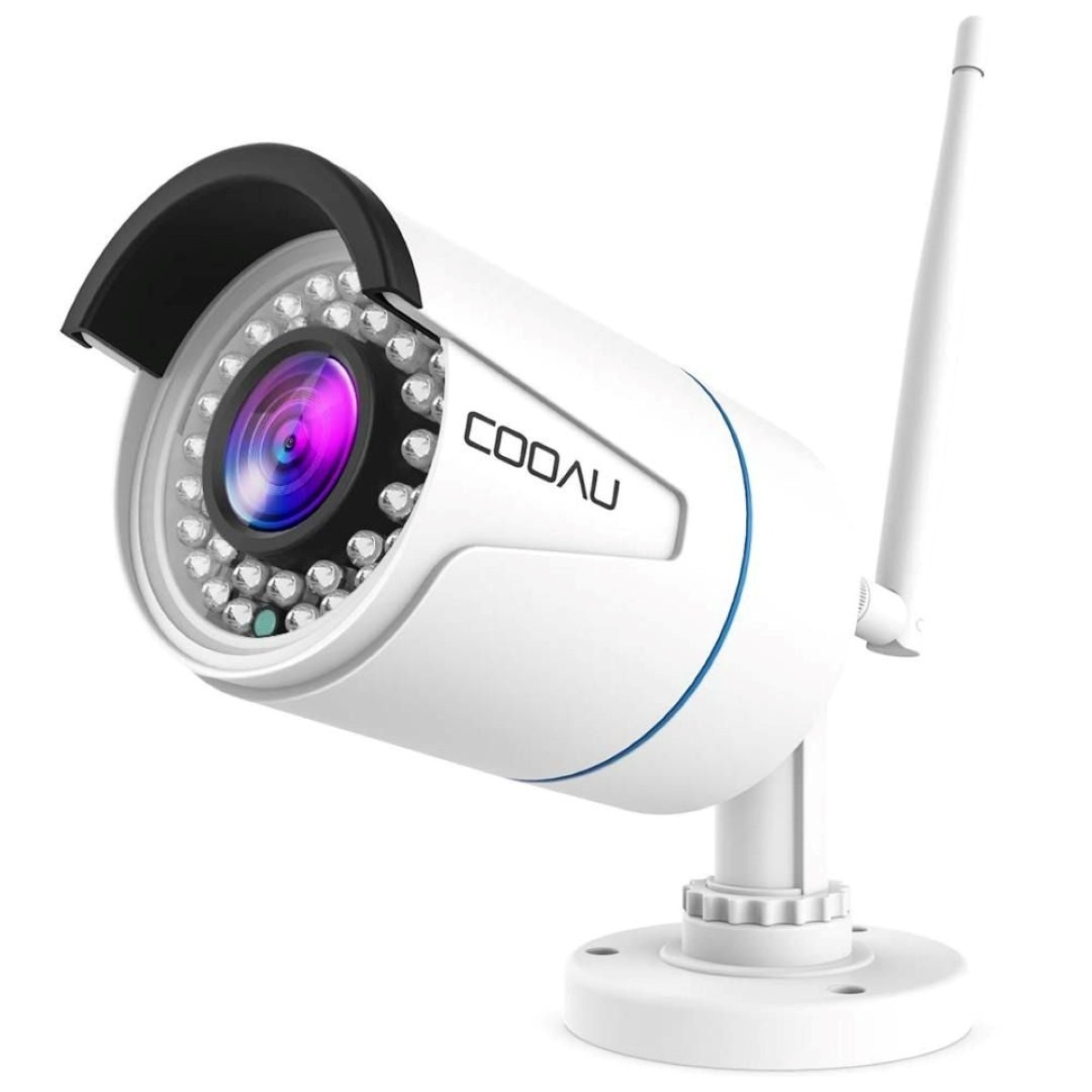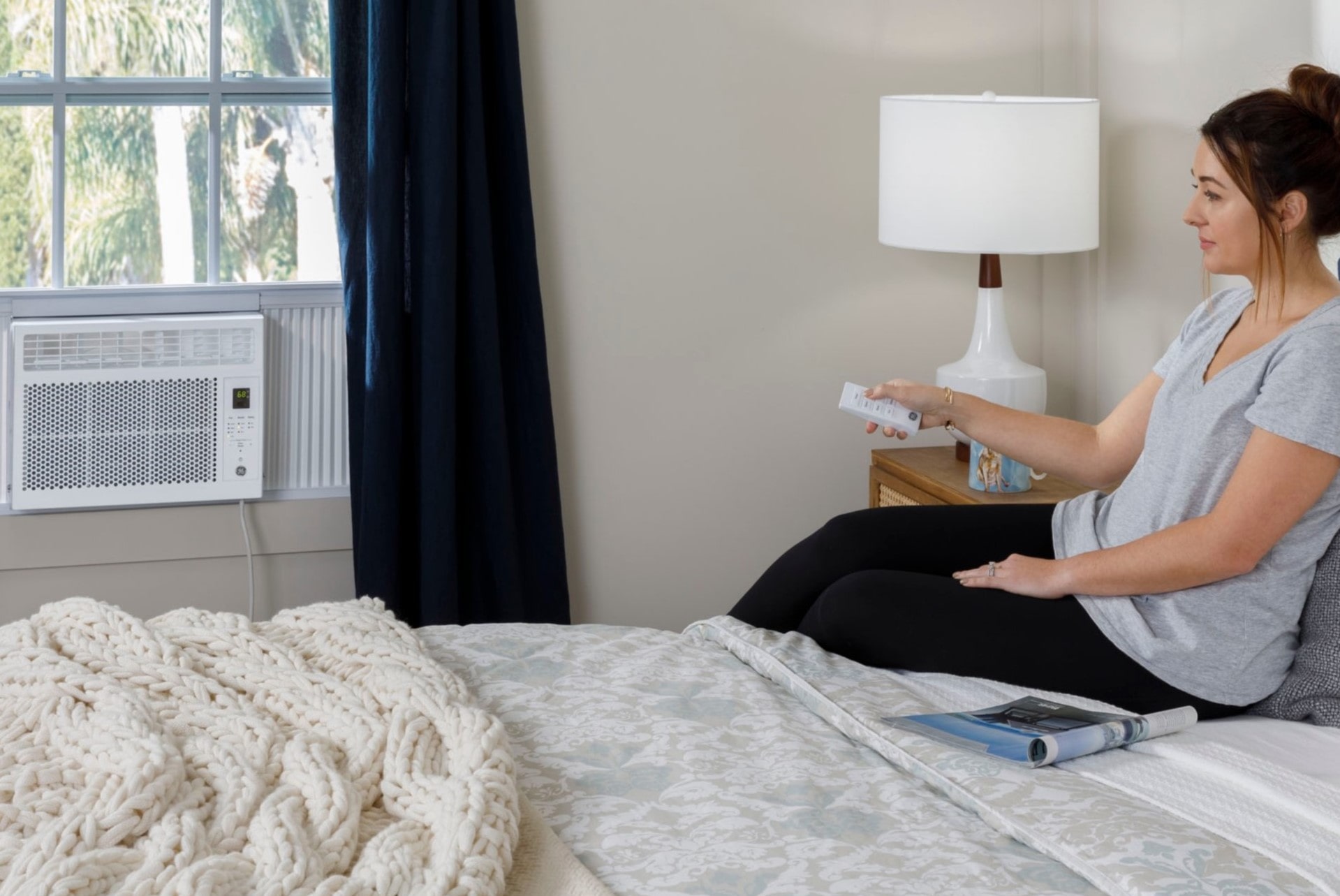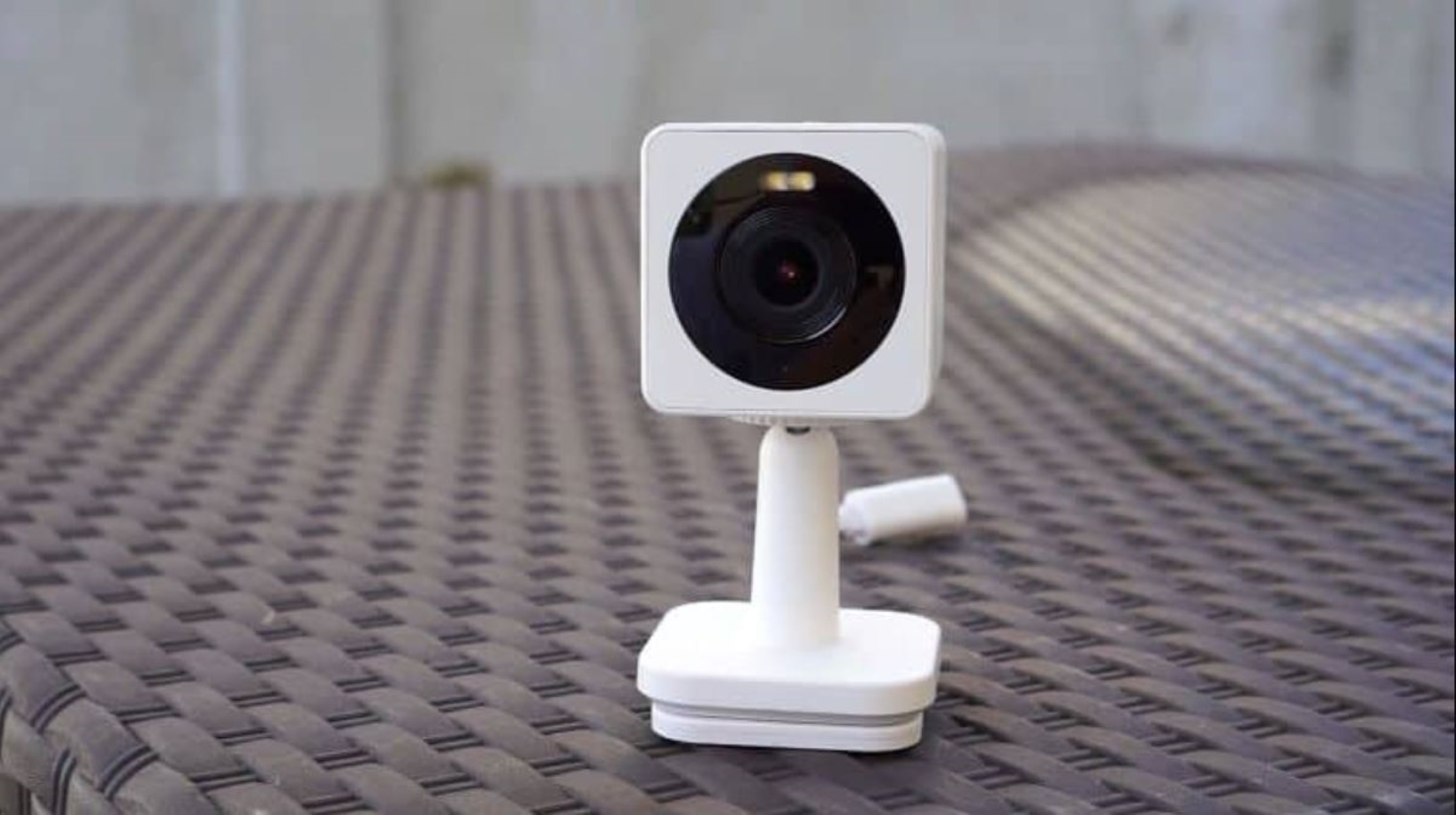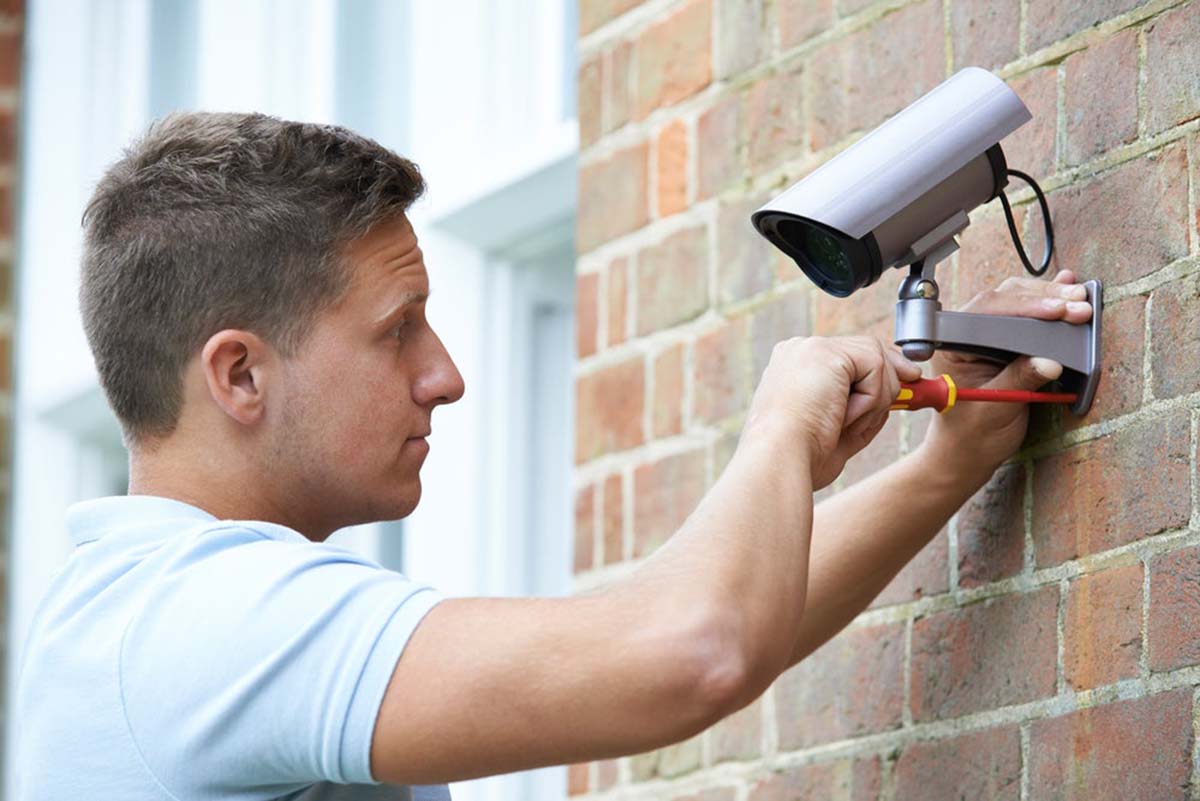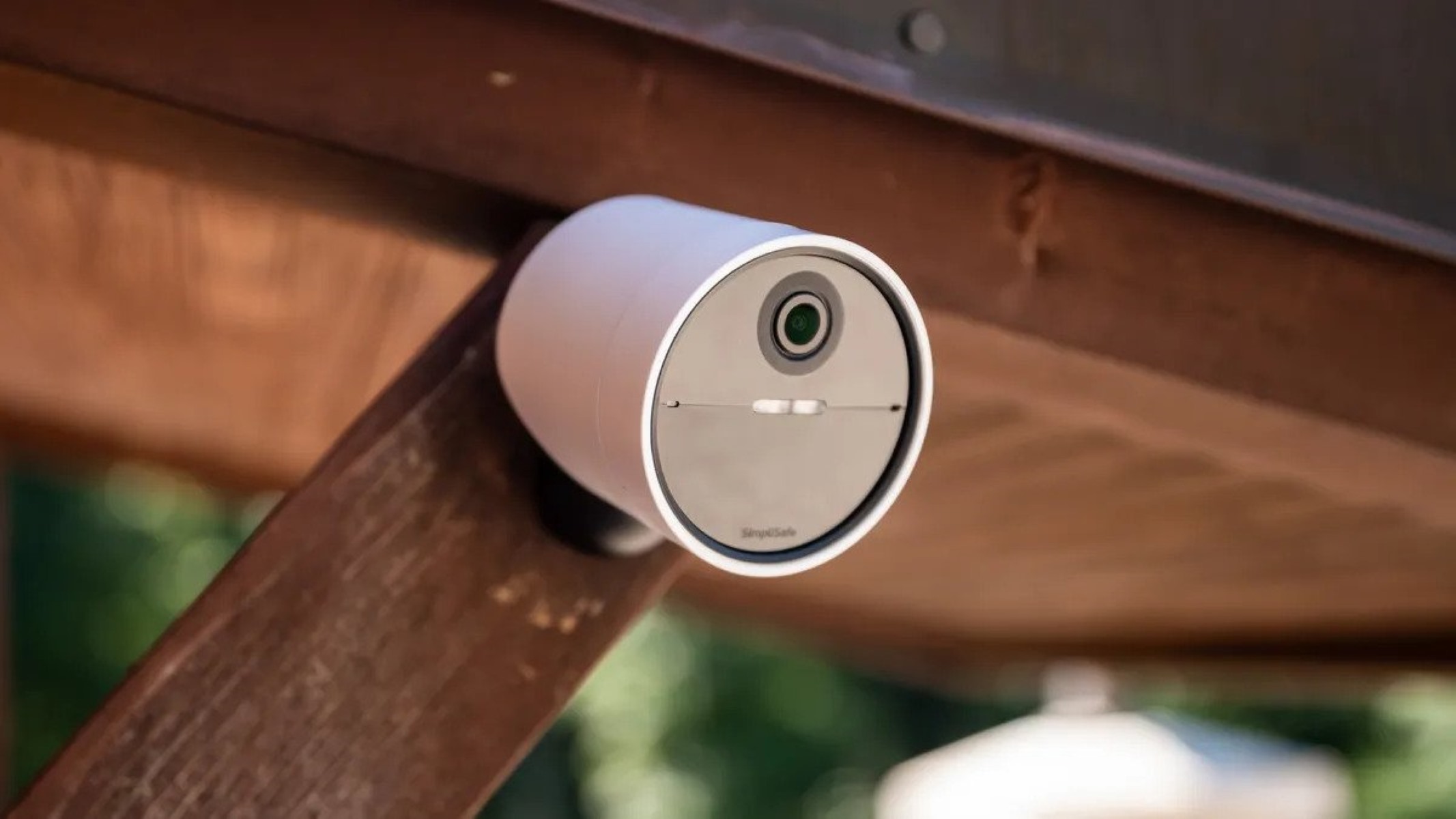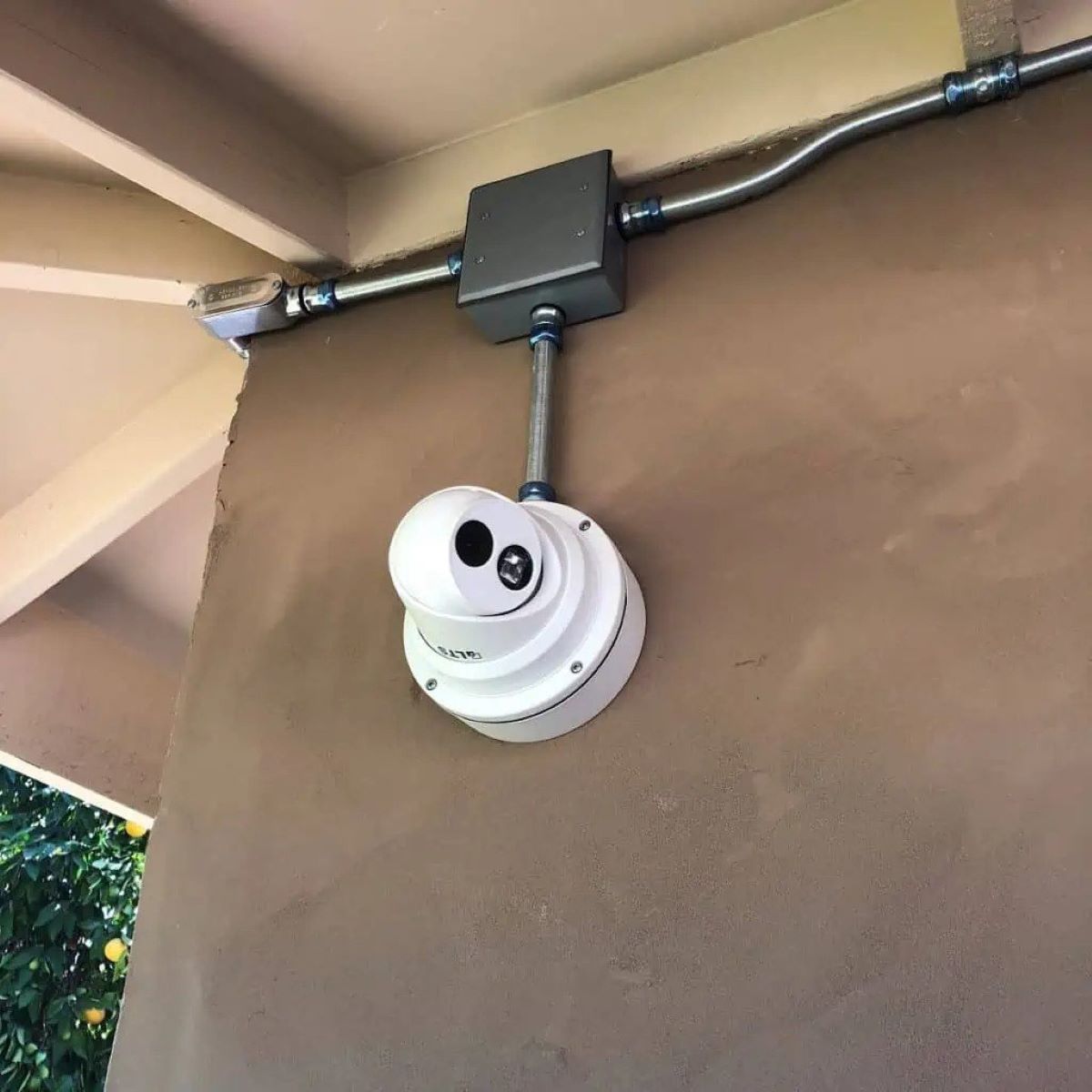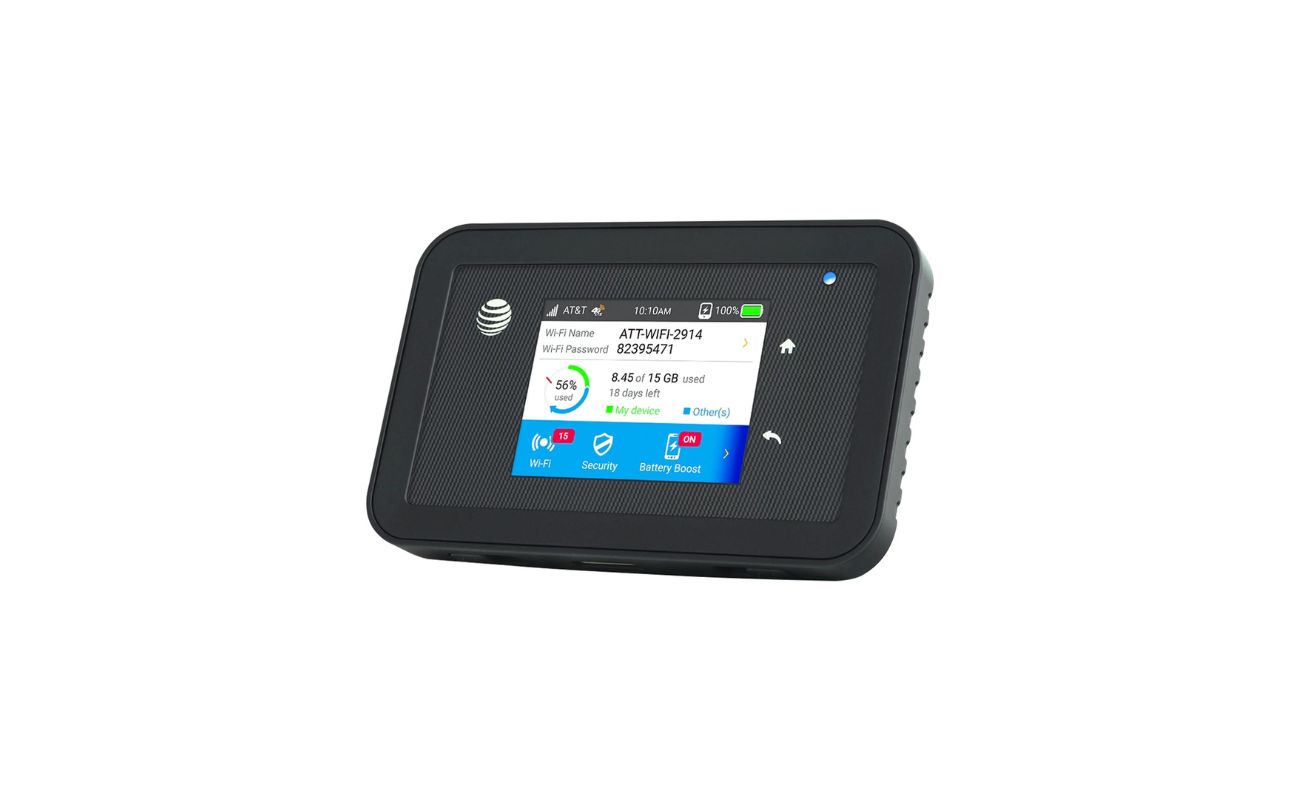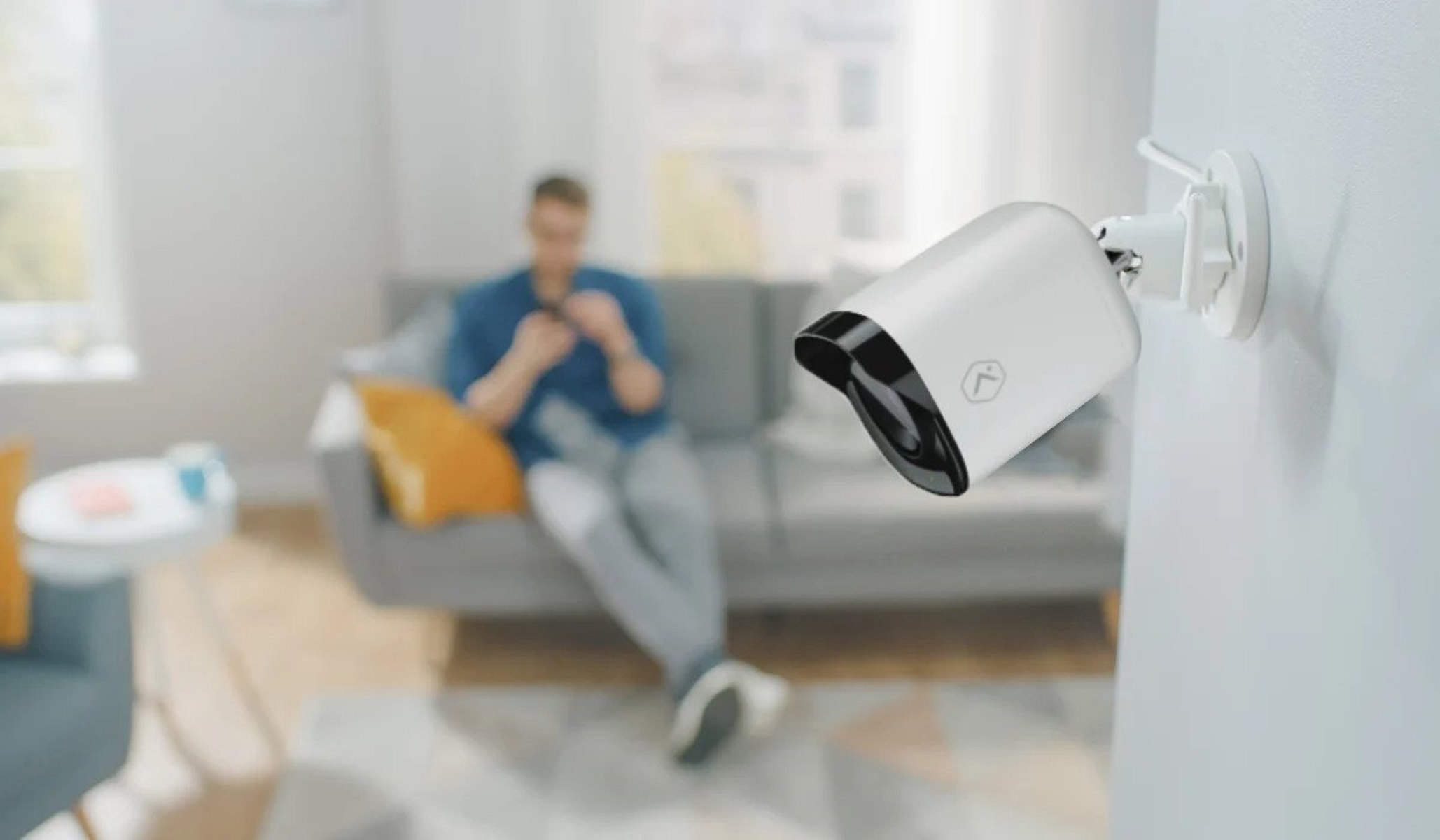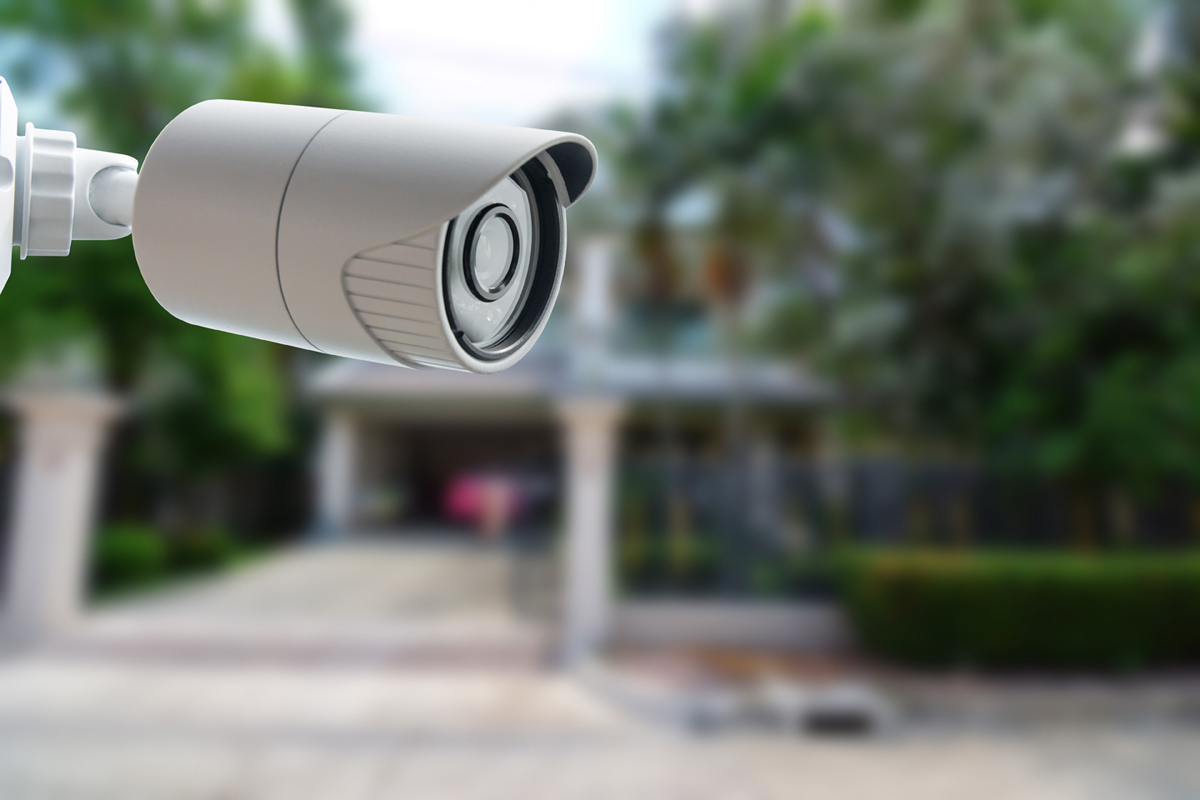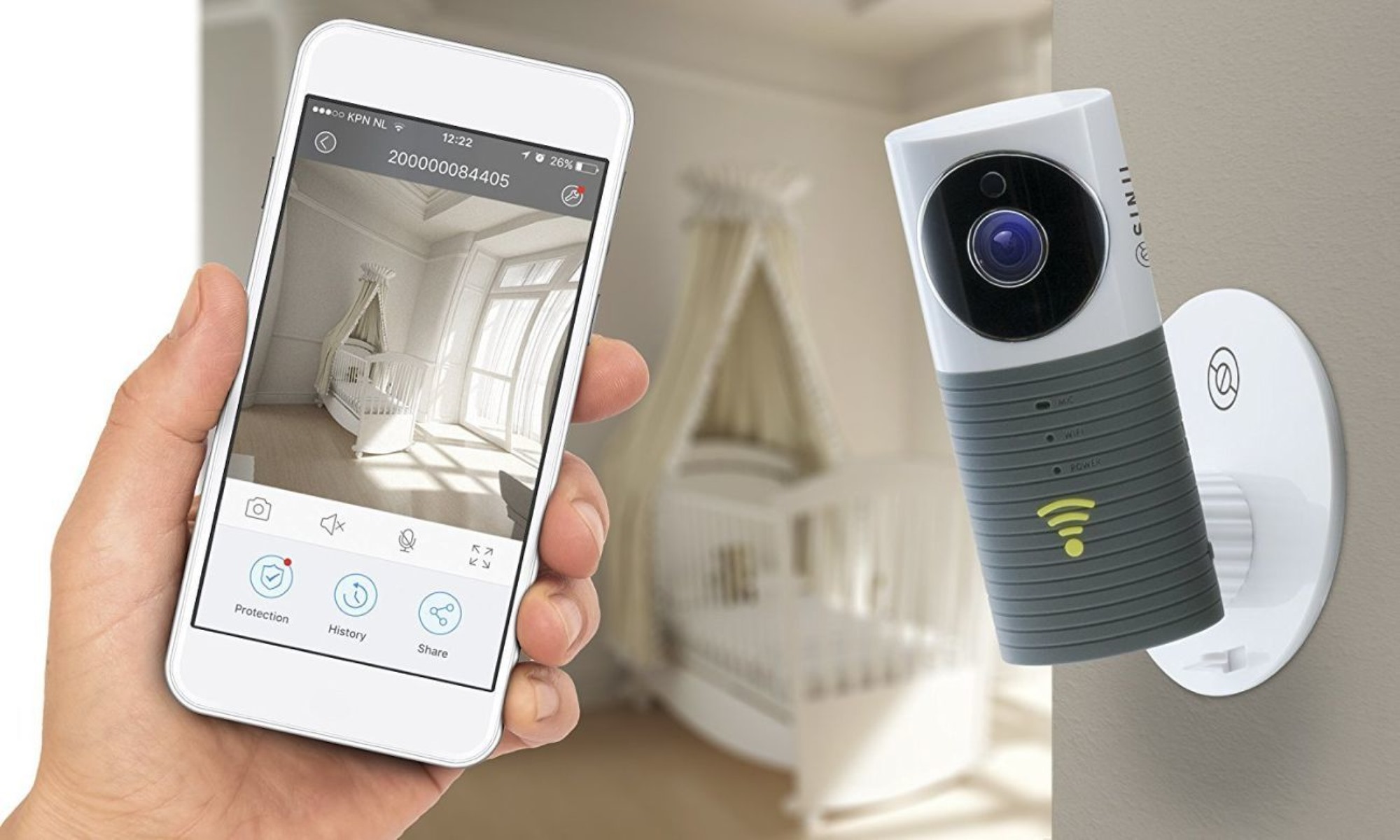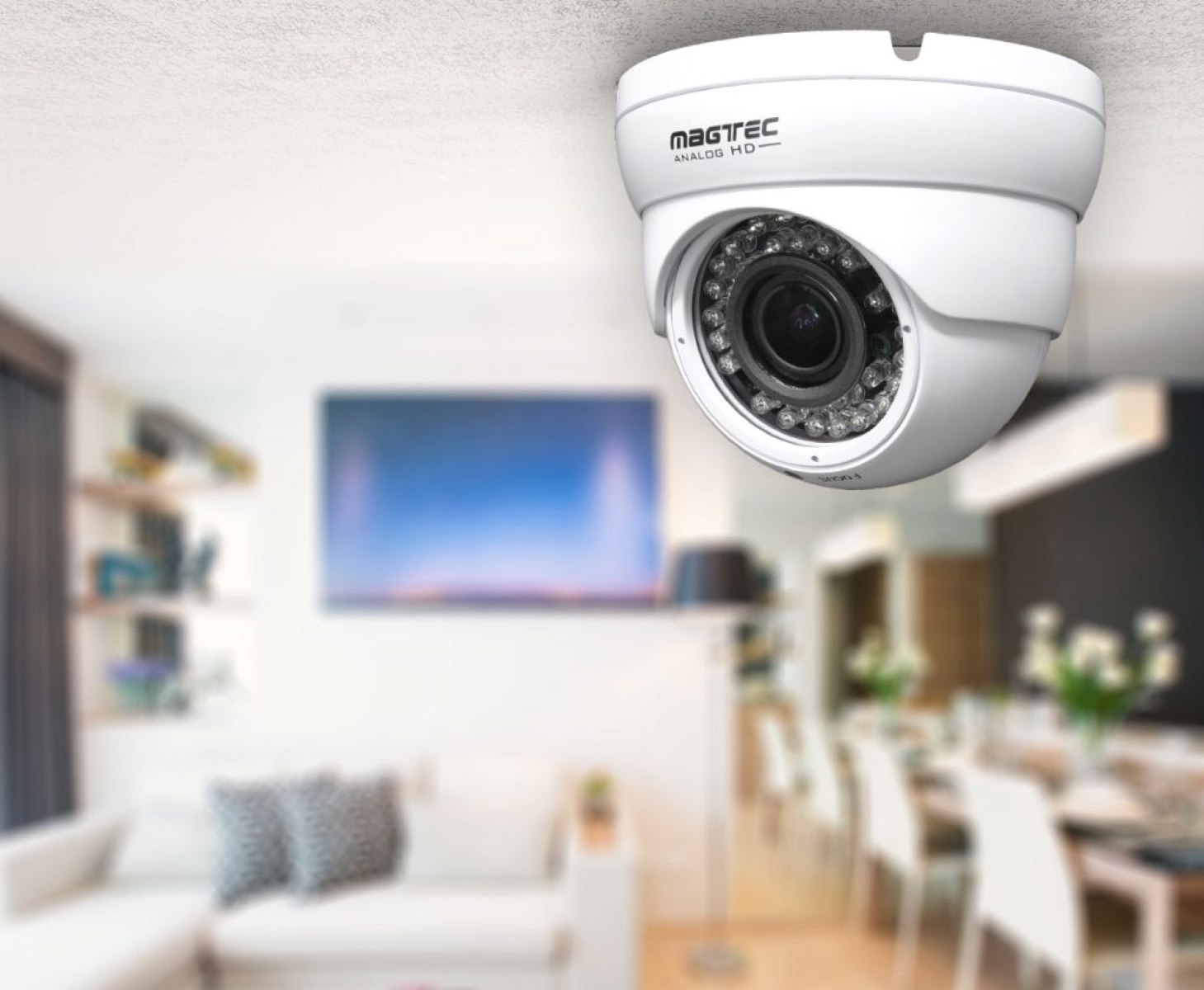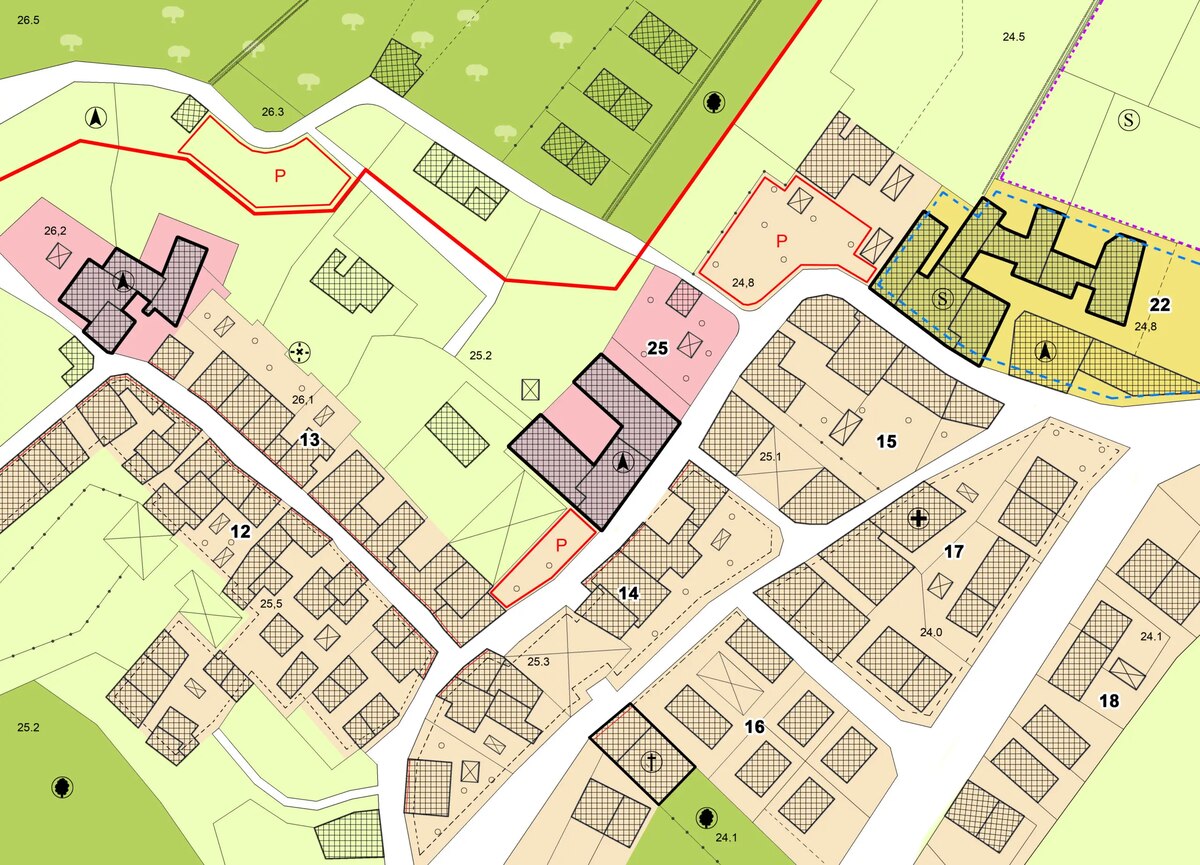Home>Home Security and Surveillance>How To Find Out If CCTV Was Installed In Your Home
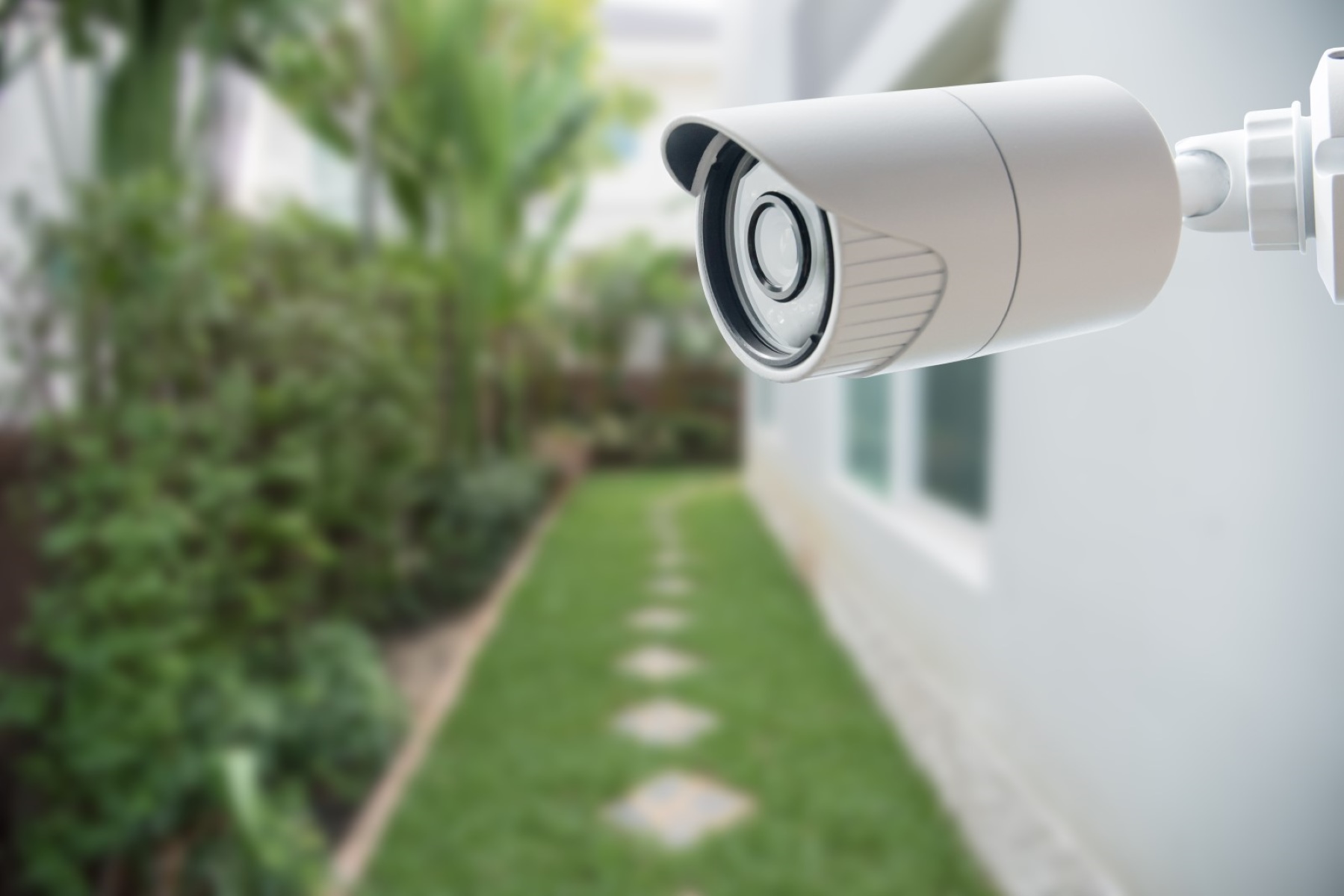

Home Security and Surveillance
How To Find Out If CCTV Was Installed In Your Home
Modified: March 6, 2024
Learn how to determine if CCTV was installed in your home and ensure your home security and surveillance with our helpful guide.
(Many of the links in this article redirect to a specific reviewed product. Your purchase of these products through affiliate links helps to generate commission for Storables.com, at no extra cost. Learn more)
Introduction
Home security and surveillance have become increasingly important in today’s world. With the rise in crime rates and the need to protect our homes and loved ones, many homeowners are opting for home security systems. One common component of these systems is CCTV (Closed-Circuit Television) cameras, which provide an extra layer of protection and peace of mind.
However, not everyone is aware of whether CCTV cameras have been installed in their homes. This could be due to various reasons, such as buying a new home where the installation was already done, or renting a property where the landlord has taken this security measure. If you find yourself in this position and are wondering how to determine if CCTV was installed in your home, this article will guide you through the process.
In the following sections, we will explore various steps you can take to identify if CCTV cameras are present in your home. Keep in mind that these methods are not foolproof, and professional assistance may be required for a more advanced and thorough inspection.
Key Takeaways:
- Look for visible cameras, wiring, and suspicious objects to determine if CCTV is installed in your home. Remember, professional help may be needed for a thorough inspection.
- If unsure, seek assistance from security experts or electricians for advanced detection methods. Knowing if CCTV is installed can enhance your home security and provide peace of mind.
Read more: How To Find Out When Your House Was Built
Step 1: Check for Visible Cameras
The first step in determining if CCTV cameras have been installed in your home is to conduct a visual inspection. Look for any cameras that are easily visible and not hidden. Begin by surveying the exterior of your property, starting with the front entrance.
Check for any conspicuous cameras mounted near the front door, driveway, or garage area. These areas are often chosen for surveillance coverage due to their importance in monitoring the entry and exit points of the property.
Move on to examine other areas of your property, such as the backyard, side entrances, or any other potential areas that require monitoring. Look for cameras with distinct shapes and sizes, typically characterized by their lens and housing.
Keep in mind that CCTV cameras can come in various forms, such as dome cameras, bullet cameras, or even disguised as other objects like motion sensors or outdoor lights. Take note of any cameras you find during your visual inspection.
If you are unable to identify any visible cameras, it does not necessarily mean they are not present. It is quite common for modern CCTV systems to use discreet or hidden cameras for covert surveillance.
Once you have completed the exterior inspection, continue your search within the interior spaces of your home.
Look for visible cameras in common areas such as the living room, kitchen, or hallway. Pay close attention to areas where a camera would be strategically positioned to monitor high-traffic zones or valuable possessions.
Check for any wiring extending from the camera to a control room or recording device. Some cameras may have wires visibly running along the walls or ceilings, while others may be wireless, making them less noticeable.
Remember to also inspect any additional structures on your property, such as detached garages, sheds, or guesthouses, as these areas may also be equipped with CCTV cameras for added security.
In summary, the first step in determining if CCTV cameras have been installed in your home involves conducting a visual inspection of both the exterior and interior spaces. Look for any visible cameras, checking strategic areas where surveillance would typically be required. Remember that some cameras may be hidden or disguised as other objects, so remain vigilant during your inspection.
Step 2: Look for Wiring and Connectors
In addition to checking for visible cameras, another method to determine if CCTV was installed in your home is to look for wiring and connectors. This step requires a closer examination of the walls, ceilings, and electrical outlets.
Start by inspecting areas where CCTV cameras are commonly connected, such as near electrical outlets or junction boxes. Look for any cables or wires that may be running along the walls or ceilings, leading to a central location for monitoring or recording.
Typically, CCTV systems require a power source to operate, so keep an eye out for power cables connected to the cameras. These cables are usually thicker than regular electrical wiring and may be bundled together with other cables for a cleaner installation.
If you find exposed wiring, take note of its location and follow it towards its origin. This may lead you to a central control unit or recording device, which can further confirm the presence of a CCTV system in your home.
While inspecting the wiring, also keep an eye out for any connectors or junction boxes that may be present. These can indicate the connection points between the cameras, power supply, and recording equipment.
However, do keep in mind that advancements in technology have led to the development of wireless CCTV systems. These systems eliminate the need for visible wires, making it more challenging to detect their presence through a visual inspection.
If you are unable to find any visible wiring or connectors, it does not entirely rule out the possibility of CCTV cameras being installed. The absence of visible wiring could be an indication that the system is wireless or that the wiring has been concealed behind walls or ceilings.
In such cases, it may be necessary to explore further detection methods or seek professional assistance to identify hidden wiring or wireless devices.
In summary, the second step involves looking for wiring and connectors as an additional method to determine if CCTV cameras have been installed in your home. Check for cables running along the walls or ceilings, leading to central control units or recording devices. Keep in mind that wireless systems may not have visible wiring, requiring alternative detection methods.
Step 3: Examine Electrical Outlets and Switchboards
Another way to determine if CCTV was installed in your home is to examine the electrical outlets and switchboards for any additional equipment or modifications. This step can provide clues as to whether a surveillance system has been integrated into your home’s electrical infrastructure.
Start by inspecting the electrical outlets throughout your home. Look for any unusual additions, such as extra outlets or adapters that are not typically found in a standard setup. These additions could potentially be connected to CCTV cameras or other surveillance equipment.
Pay close attention to any outlets that seem out of place or have visible wiring leading to them. This could indicate that they are connected to a central monitoring or recording system.
Additionally, check for any switches or buttons near the outlets that do not seem to have a clear function. These could be concealed controls for the CCTV system, allowing you to turn the cameras on or off or adjust their settings.
Next, examine your home’s switchboard or circuit breaker panel. Look for any unfamiliar components or alterations in the setup. This includes additional circuit breakers, wiring modifications, or even labeled switches that are not related to the electrical system.
Sometimes, CCTV systems require dedicated power circuits for their camera and recording equipment. Thus, finding separate breakers or labeled switches that are not a part of the standard electrical setup could indicate the presence of a surveillance system in your home.
Remember to exercise caution while examining the electrical outlets and switchboards. If you are unsure about any modifications or additions, it is recommended to consult with an electrician who can safely assess the situation.
In summary, the third step involves examining the electrical outlets and switchboards for any additional equipment or modifications as an indicator of a CCTV system. Look for unusual additions, visible wiring, switches or buttons with unclear functions, and changes in the switchboard setup. If you are unsure, consult with an electrician for professional advice.
Check for cameras in common areas like the front door, garage, or backyard. Look for small, round lenses and wires. If in doubt, consult a professional for a thorough inspection.
Step 4: Inspect Suspicious Objects or Decorations on Walls and Ceilings
When trying to determine if CCTV cameras have been installed in your home, it’s important to be observant and look for any suspicious objects or decorations on the walls and ceilings. Some cameras may be cleverly disguised to blend in with their surroundings, making them harder to detect at first glance.
Start by examining any decorative objects or fixtures that seem out of place or unusual. Look for objects that could potentially house a hidden camera, such as smoke detectors, motion sensors, or even wall clocks. These everyday items can be cleverly designed to conceal surveillance technology.
Take a closer look at such objects and check for any tiny lenses or openings that could indicate the presence of a hidden camera. These cameras are often designed with an inconspicuous lens that allows them to capture footage without attracting attention.
Similarly, be mindful of any new or unexpected decorations on your walls or ceilings. Look for items that seem oddly positioned or have an unusual design that could potentially serve as a cover for a hidden camera.
It’s also worth noting any objects that seem to be constantly powered or have unnecessary wiring that could be connected to a surveillance system. This could include items like wall-mounted speakers or wall art that require wiring but do not seem to serve a functional purpose beyond decoration.
While conducting your inspection, remember to keep an eye out for any irregularities in the placement or alignment of these objects. A hidden camera may be slightly misaligned or not symmetrical with its surroundings.
Additionally, consider the placement of these suspicious objects. Cameras are often strategically positioned in areas with a wide field of view, ensuring optimal surveillance coverage. Look for objects that are placed in areas where they can monitor high-traffic zones or valuable assets.
It’s important to note that not all decorative objects or fixtures contain hidden cameras. Use your judgment and consider the overall design and purpose of these objects. If you have any doubts, it’s advisable to seek professional assistance for a thorough inspection.
In summary, the fourth step involves inspecting suspicious objects or decorations on the walls and ceilings. Look for any unusual or out-of-place items that could potentially conceal a hidden camera. Pay attention to the design, placement, and functionality of these objects. If you have concerns, consult with professionals for a comprehensive inspection.
Read more: How To Install A CCTV At Home
Step 5: Search for Surveillance Signs or Warning Stickers
Another useful method to determine if CCTV has been installed in your home is to search for surveillance signs or warning stickers. These indicators are often placed in visible areas to deter potential intruders and notify individuals that the premises are under surveillance.
Start by inspecting the exterior of your home, particularly near entry points such as doors and windows. Look for any signs or stickers that mention security monitoring, CCTV, or video surveillance. These signs are typically designed to be highly visible to serve as a deterrent.
If you spot any signs, take note of their specific wording and imagery. Some signs may prominently display the logos of security companies or feature graphics of cameras to convey the presence of surveillance.
Additionally, check for warning stickers that may be affixed to windows, glass doors, or even gates. These stickers are often smaller in size but still carry a clear message of video surveillance.
Continue your search inside your home as well. Look for signs or stickers placed near entrances, in common areas, or near valuable possessions. These areas are commonly targeted by intruders, and placing the signs in strategic locations can act as an effective deterrent.
Keep in mind that not all homes with CCTV systems may have visible signs or stickers. Some homeowners may choose not to display them for various reasons. However, if you do find surveillance signs or warning stickers, it is a strong indication that CCTV cameras are likely present.
If you are unable to locate any signs or stickers, it does not necessarily mean that there are no cameras installed. As with the previous steps, there may be hidden or discreetly positioned cameras that are not announced by signage.
In summary, step five involves searching for surveillance signs or warning stickers as a potential indication of CCTV installation in your home. Inspect the exterior and interior of your property for visible signs or stickers, particularly near entry points and valuable areas. Remember that the absence of signs does not guarantee the absence of cameras.
Step 6: Seek Professional Assistance for Advanced Detection Methods
If you have followed the previous steps and are still unsure if CCTV has been installed in your home, it may be time to seek professional assistance for more advanced detection methods. Professionals who specialize in home security and surveillance can employ specialized equipment and techniques to identify hidden cameras or covert surveillance systems.
One option is to hire a professional security company or an experienced locksmith who specializes in home security. These professionals have extensive knowledge and expertise in identifying and locating hidden cameras. They may use advanced detection tools such as radio frequency scanners, infrared detectors, or thermal imaging cameras to uncover any covert surveillance devices.
Another option is to consult with a licensed electrician or a technician with experience in CCTV installations. They can conduct a thorough inspection of your electrical wiring, outlets, and switchboards to identify any hidden cameras or modifications that may have been made.
It’s important to communicate your concerns and provide detailed information about any suspicious observations or areas that you suspect may have hidden cameras. This will help the professionals focus their efforts on those specific locations during their inspection.
Remember that seeking professional assistance can provide you with more accurate and reliable results. They have the knowledge and equipment to identify hidden cameras that may not be easily detectable through visual inspection alone.
Additionally, professionals may also offer advice on enhancing your overall home security, including recommendations for the installation of CCTV systems, if necessary.
It’s essential to choose reputable and trustworthy professionals who have a proven track record in the field of home security. Check reviews and ask for recommendations from friends, family, or neighbors who have previously used their services.
In summary, if the previous steps haven’t yielded clear results and you are still unsure if CCTV has been installed in your home, seeking professional assistance is recommended. Hiring a security company, locksmith, electrician, or technician with experience in home security can provide you with advanced detection methods to identify hidden cameras or covert surveillance systems. Choose professionals with a good reputation and consider their advice for enhancing your home security.
Conclusion
Ensuring the security of your home and loved ones is essential, and knowing if CCTV has been installed can provide peace of mind. While visual inspection, checking for wiring, examining electrical outlets, looking for suspicious objects, and searching for signs or stickers can help you determine if CCTV cameras are present, it’s important to understand that these methods may not be foolproof.
If you are still uncertain or want a more comprehensive assessment, seeking professional assistance is highly recommended. Security companies, locksmiths, electricians, or technicians experienced in home security can employ advanced detection methods to uncover hidden cameras or covert surveillance systems that may have eluded your initial inspection.
Remember, the presence of CCTV cameras can greatly enhance the security of your home, serving as a deterrent to potential intruders and providing valuable evidence in the event of any unfortunate incidents. If you discover that CCTV has been installed in your home, familiarize yourself with the system’s functionalities, including how to access recorded footage or adjust settings.
Maintaining a secure home involves a holistic approach, and a CCTV system is just one part of the equation. It’s crucial to implement other security measures such as ensuring sturdy locks, adequate lighting, and even installing an alarm system.
Regularly assessing and updating your home security measures will help you stay ahead of potential threats and ensure the safety and well-being of your household. By being proactive and informed, you can create a secure environment that provides peace of mind for you and your family.
In conclusion, determining if CCTV has been installed in your home requires a thorough inspection, careful observation, and in certain cases, professional assistance. By following the steps outlined in this article, you can gain a better understanding of whether CCTV is present in your home and take the necessary steps to enhance your overall security.
Frequently Asked Questions about How To Find Out If CCTV Was Installed In Your Home
Was this page helpful?
At Storables.com, we guarantee accurate and reliable information. Our content, validated by Expert Board Contributors, is crafted following stringent Editorial Policies. We're committed to providing you with well-researched, expert-backed insights for all your informational needs.
